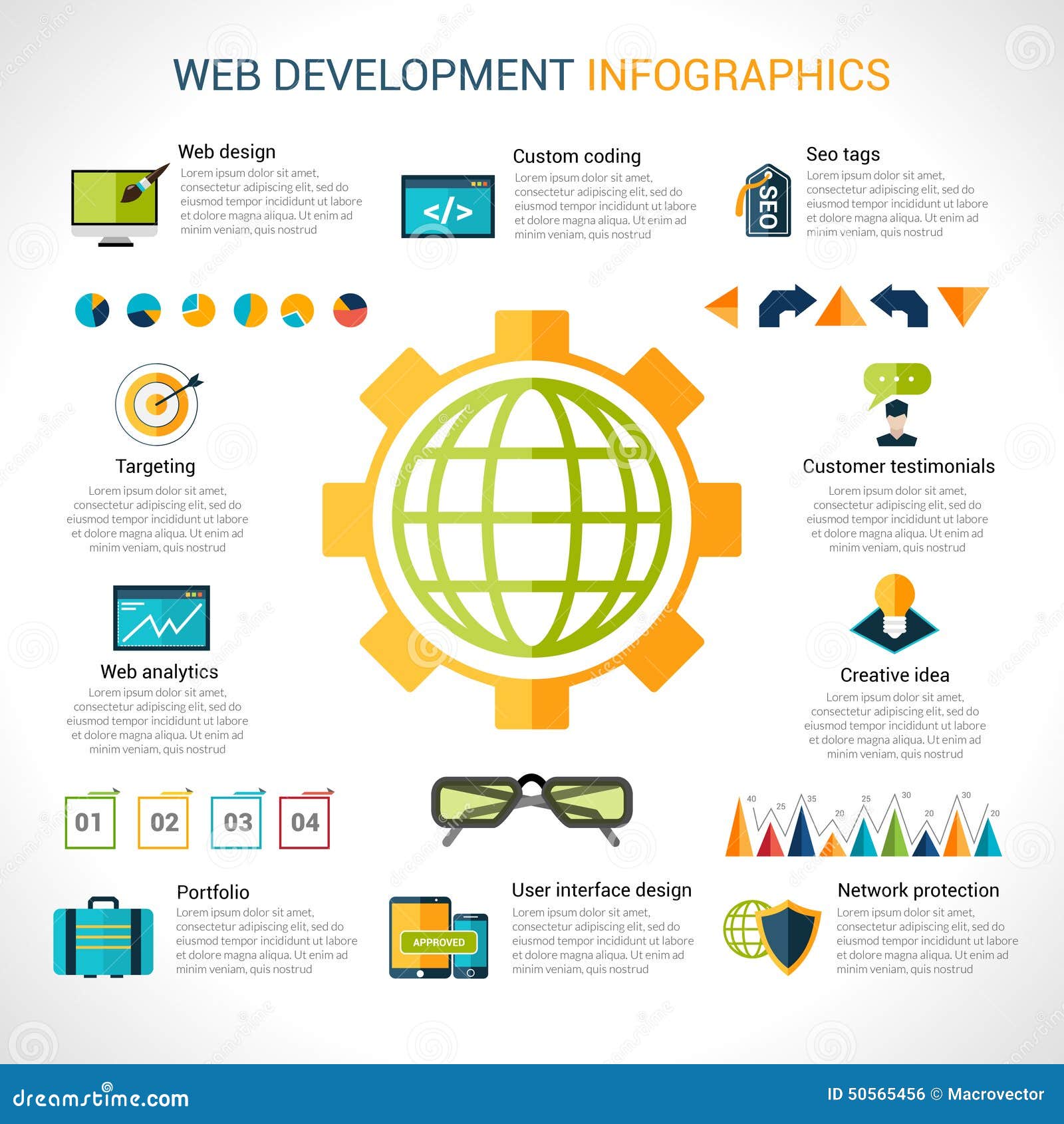Key Elements Of Site Design: Strategies For Creating An Easily Accessible Customer Experience
Key Elements Of Site Design: Strategies For Creating An Easily Accessible Customer Experience
Blog Article
Post Developed By-Wiley Devine
When it comes to website layout, making certain user-friendliness is crucial. From receptive style to streamlined navigation, every component plays a critical function in creating a site that accommodates your target market's requirements. Yet what concerning the finer details that can make or damage a user's searching experience? Stay tuned as we discover some often-overlooked pointers that can elevate your site's use to the following degree, making it really stand out in the digital landscape.
Importance of Responsive Layout
Responsive style is an essential aspect of modern-day site development. Ensuring your web site is receptive ways that it can adapt to different display sizes and tools, supplying a smooth experience for users.
With simply click the up coming web site raising use smart devices and tablet computers to access the net, having a responsive style is important for reaching a larger target market. It aids in improving user experience by making your website very easy to navigate and keep reading any type of device.
Furthermore, responsive style can favorably affect your internet search engine positions, as search engines like Google focus on mobile-friendly sites. By having a receptive style, you're additionally future-proofing your web site, as brand-new devices with varying display dimensions remain to emerge.
Simplify Navigating Structure
To boost customer experience and facilitate very easy access to info on your site, enhancing the navigation framework is extremely important. When making your website, focus on producing a clear and intuitive navigation food selection that aids visitors locate what they're searching for promptly.
Limit the number of food selection things to the essentials, organizing relevant web pages together to avoid frustrating individuals. Usage detailed labels that plainly suggest the material of each page, making it much easier for users to recognize where each web link will take them.
Consider applying dropdown food selections for subcategories to prevent jumbling the main navigation bar. Furthermore, consist of a search bar prominently on the page for customers that choose searching for specific information.
Focus on mobile responsiveness in your navigation style to guarantee simple access on all tools.
Optimize Page Tons Speed
Improving page load rate is crucial for maintaining visitors on your website. Slow-loading web pages discourage users and can bring about high bounce rates. To enhance web page tons speed, beginning by maximizing pictures. Compress pictures without endangering quality to decrease their documents dimensions.
Additionally, enable web browser caching to keep often accessed resources in your area, speeding up tons times for returning site visitors. Minify CSS, JavaScript, and HTML documents by eliminating unneeded characters, comments, and formatting, enhancing load speed.
Think about using a material shipment network (CDN) to disperse your web site's content across several servers worldwide, minimizing latency for individuals accessing your website from different places. Last but not least, restrict using third-party scripts and plugins, as they can substantially influence tons times.
Conclusion
In conclusion, by integrating responsive design, streamlining navigating, and optimizing page load rate, you can create an easy to use web site that appeals to a wider audience and boosts user experience. Check This Out that visitors can easily access and browse your site across different gadgets, bring about increased involvement and complete satisfaction. By concentrating on these vital facets, you can build an effective website that keeps individuals coming back for even more.
